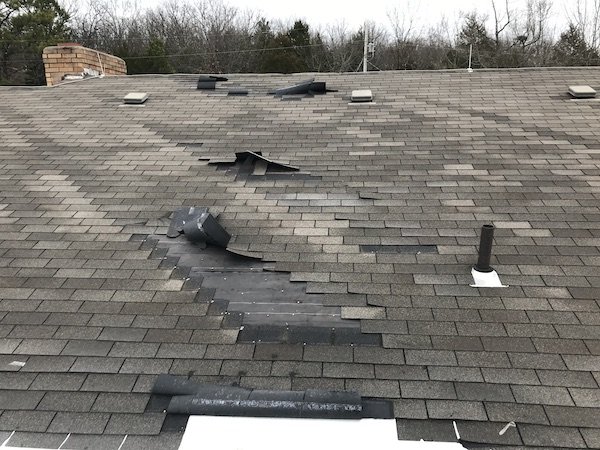According to one experienced roofing contractor insurance companies heavily scrutinize claims for roof repair and replacement.
Old roof storm insuanacer.
As a result some insurance companies have begun offering to cover roofs for actual cash value acv rather than replacement cost value rcv.
When it comes to your roof age matters at claim time wind and hail storms have been increasing in frequency over the past several years.
Hail and wind damage claims are the most common types of homeowners claims.
However if your roof is 10 or more years old most policies consider the roof s age and lower the reimbursement amount you ll receive based on how old the roof is.
Generally if your roof is less than 10 years old your policy will cover the costs to repair or replace the sections that were damaged by the storm at the actual value.
Insurers won t renew a policy that fails inspection without a roof replacement.
Age of roof and insurance insurers consider a roof s age and condition when providing coverage.
There are a few insurance companies who will insure 16 year old standard shingle roofs but no insurance company will cover your roof forever.
Most homeowners insurance policies won t pay to replace or.
Homeowners insurance typically covers damage caused to your roof by hail windstorms fire tornados and vandalism.
Most homeowners insurance policies cover roof replacement if the damage is the result of an act of nature or sudden accidental event.
If you ve received a notice from your insurance company that your roof is too old you have two options.
Depends on your insurance type.
1 have your roof replaced or 2 find an insurance company who will cover it.
With a depreciated replacement coverage they will estimate the remaining life of the roof at the time it was damaged and pay that portion of the total replacement cost.
They will want absolute proof that storm damage is the cause of the roof leak to determine this insurance company will send out its own adjuster someone that works for the insurance company.
Take a look at your insurance policy to see what it covers before contacting your insurance company.

